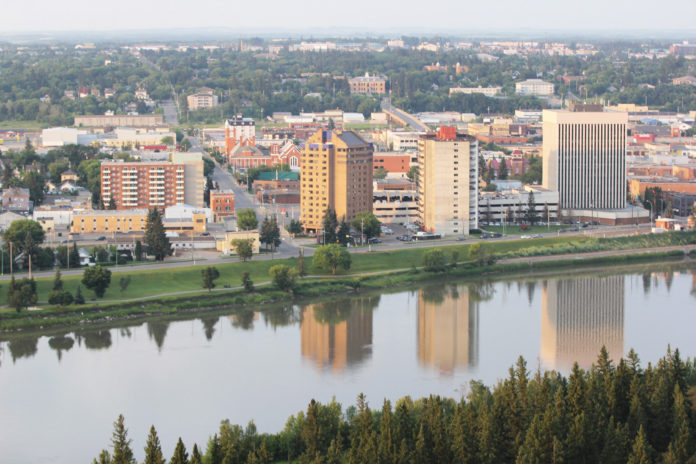Water quality may be an issue in Saskatoon, Regina and Moose Jaw, but local officials are adamant that’s not the case in Prince Albert.
On Monday, a coalition of media organizations and journalism schools, including the Saskatoon StarPhoenix, Regina Leader-Post and University of Regina School of Journalism, released their findings from Tainted Water, a collaborative investigative project. Their findings showed that Saskatoon, Regina and Moose Jaw had some of the highest levels of lead-tainted water in Canada, with some households reporting lead levels that were 10 times the limit recommended by Health Canada.
In Prince Albert, however, city officials argue conditions aren’t nearly as bad.
“We’ve been very aggressive in the last 10 years (and) even longer than that, getting rid of all of our lead connections,” Mayor Greg Dionne said. “Where we do have them, we continue to test to make sure that we don’t (have problems).
“Not on that scale. Not at all,” Public Works Director Wes Hicks said when asked if Prince Albert is comparable to those other cities. “We have to make this really clear. (In) the City of Prince Albert there is no lead in the water that we deliver to the customer. Zero.”
The North Saskatchewan River is not a major source of lead. In fact, the Water Security Agency’s annual report on drinking water gives Prince Albert a water quality index rating of “good”. Instead, the biggest concern comes from pipes and water service connections.
The City of Prince Albert stopped building with lead water lines in 1955, however older homes built prior to that era could still have lead pipes in the ground. The City also has a number of lead service connectors still in use, although they’re trying to phase those out as fast as possible.
As of January 2018 there were at least 750 connectors still in operation. Hicks said that number has “drastically been reduced” since then. An updated report is due in December.
“We’re making every effort we can, based on limited budgets,” Hicks said. “You can only do so much, but every year we’re removing lead services up to the property line.”
The City of Prince Albert submitted 572 water samples to the Water Security Agency for testing, according to its 2018 annual report. The year before, they submitted 573 samples. They also made nine lead service replacements during those two years.
The biggest challenge comes from lead pipes or service connectors on private property. Replacing them can cost homeowners more than $12,000. There’s an added urgency to the process, since a partial replacement can actually increase corrosion.
In the past, the City of Prince Albert has offered incentives for homeowners to get the work done. Up until 2010, for example, the City offered $2,000 to complete the work.
“Whenever we’re changing ours out, we always encourage the homeowner to change their portion out too,” Hicks explained. “They may not have the funds to be able to do that at that very moment because it is expensive. It costs thousands of dollars. A stop-gap measure is to put a filter on your drinking water tap, and that can be done for a very small amount of money, like $100 or less. That’s a way to prevent drinking that lead, but it is a stopgap measure. The ultimate goal is to remove the lead piping from your house.”
The City tests at least 30 locations every year, some of which are at the request of local homeowners. Hicks said the most recent results show lead concentration levels of 0.000050 mg/L. Health Canada guidelines place the maximum acceptable concentration level at 0.010 mg/L.
“It’s basically undetectable,” Hicks said. “That’s 200 times below the limit.”
Prince Albert City Council did debate potentially making lead service connection replacement mandatory in 2018. However, many city councilors were hesitant to force residents to make the change.
With files from Peter Lozinski.


